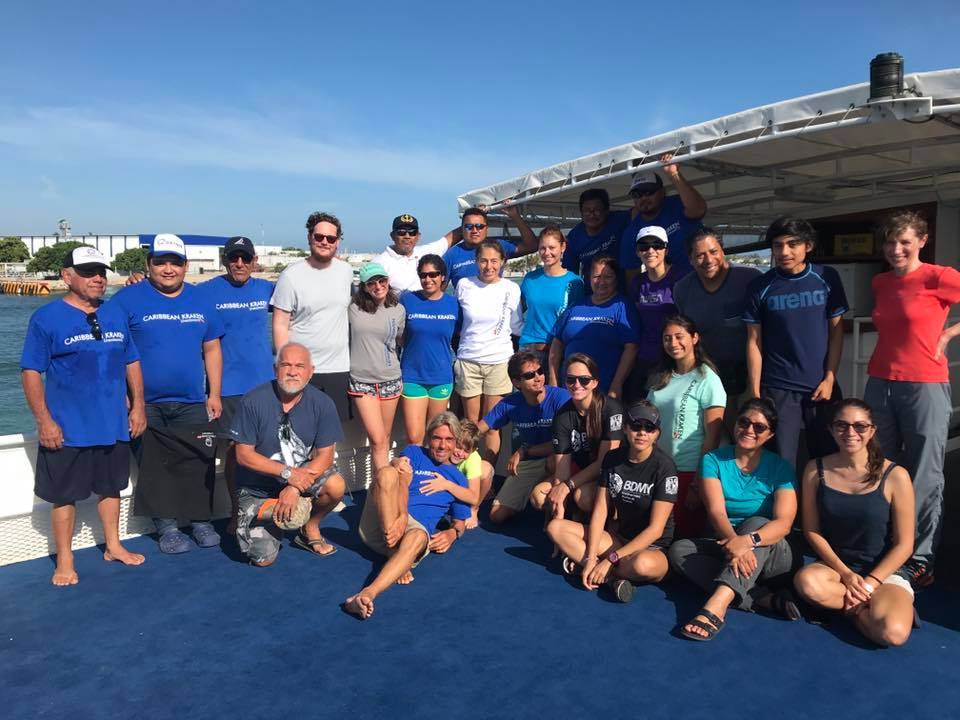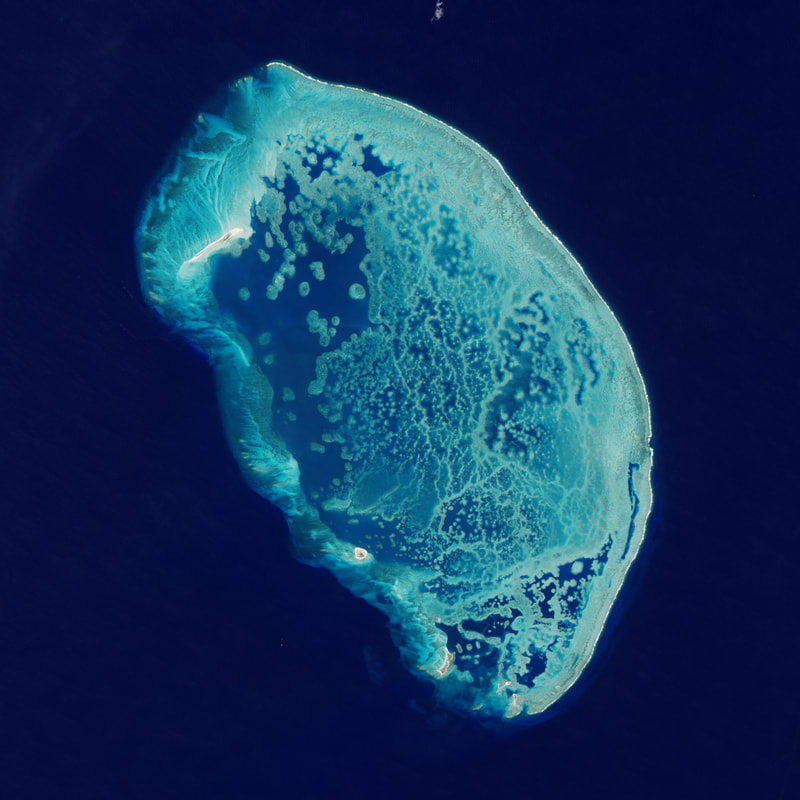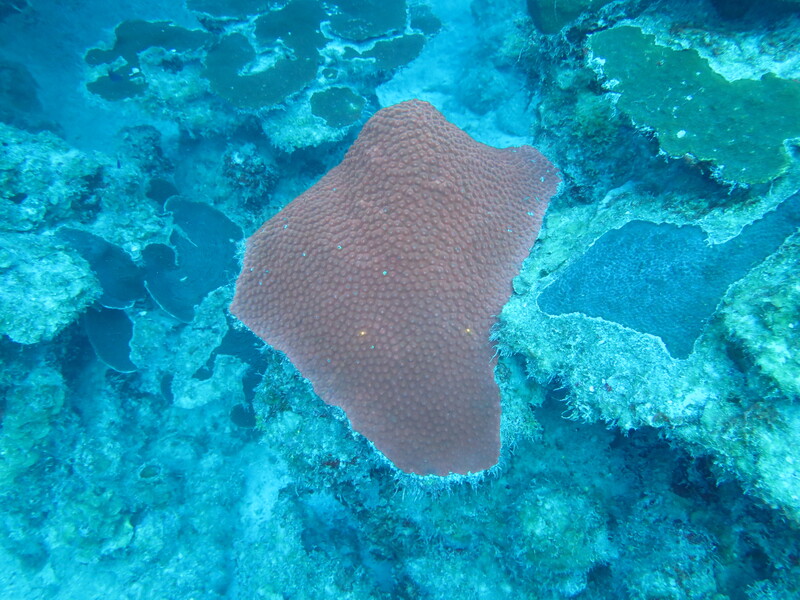We were not the only scientists onboard the Caribbean Kraken. We were joined by graduate students from the Biodiversidad Marina de Yucatan team based out of the Universidad Nacional Autonoma de Mexico-Unidad Academica Sisal. These students are studying the biodiversity on these southern gulf reefs, focused on taxa ranging from nudibranchs, to sponges, to ascidians. They were also tackling several important questions regarding invasive species dynamics focusing on invasive damselfish and lionfish. At the end of the trip, we gave “mini-talks” to communicate our research to each other, the crew, and the dive tourists aboard the Caribbean Kraken.
After efficiently collecting and processing over 120 coral samples, we were able to take some time to explore and evaluate the coral diversity at these sites and to assess what species or reefs we would like to target in the future if we return to Mexico. We also had some extra time to explore Mexico’s land-based sites, wandering around Merida’s historic downtown, swimming in cenotes, and even getting to visit the ancient Mayan ruins of Chichen Itza. We can’t thank both the crew of the Caribbean Kraken and UNAM-BDMY enough for organizing this trip, balancing our different research goals, and also ensuring we had some great diving and fun along the way!
To see more of the beauty and fun, check out our Flickr Page or these videos made by the Caribbean Kraken divemaster, Manuel Victoria.
Post by: Lexie Sturm
Satellite Image: Alacranes Reef, NASA Earth Observatory



